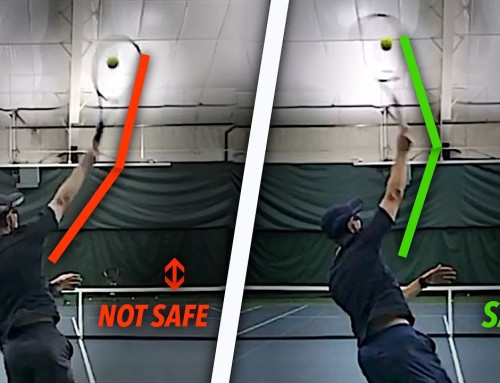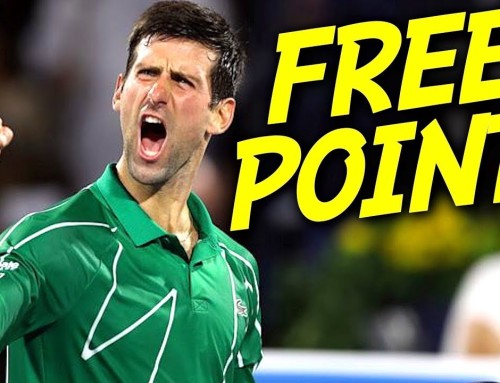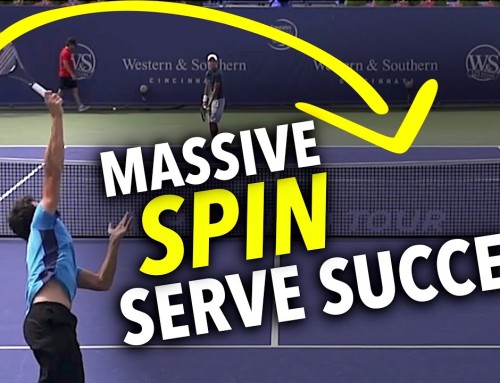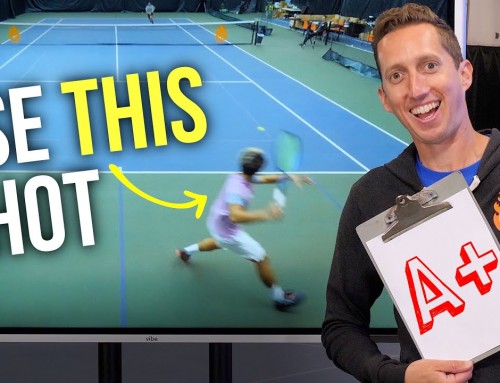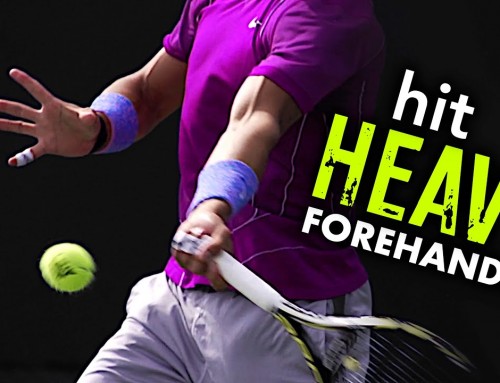What grip is best for topspin on the forehand groundstroke? Find out what my thoughts are during today’s video tennis lesson.
The above is somewhat of a trick question, especially since pro players make huge topspin using such a wide variety of grips.
The reality is grip is not the most important factor, not by a long shot!
Comments? Questions? Leave them down below! Thank you so much for watching, I appreciate it.



